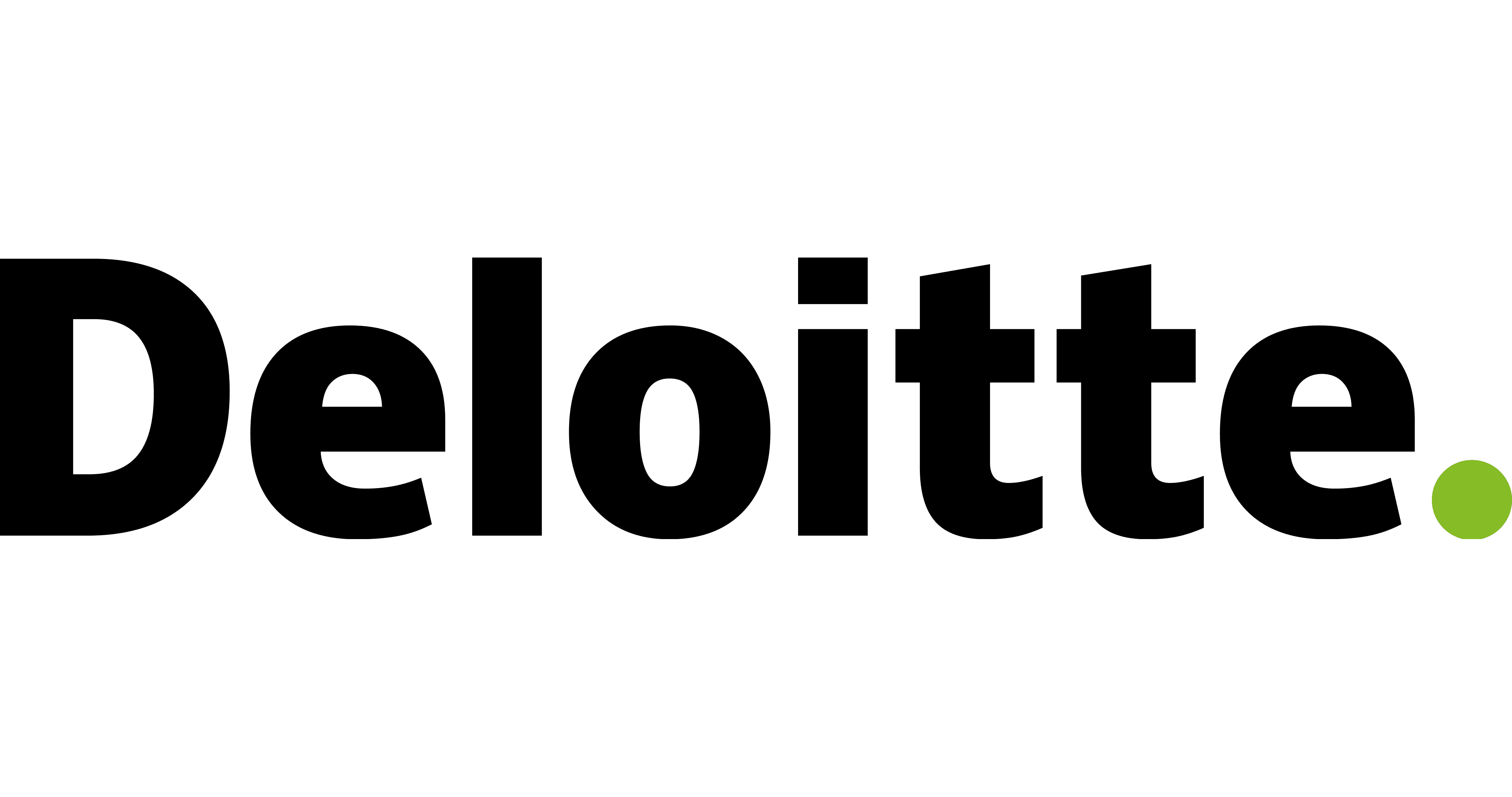
Deloitte AI Engineer Case Interview — Client-Facing MLOps and Responsible AI (Engineering)
This Deloitte case interview simulates a client engagement where you, as an AI Engineer, design and communicate a production-grade AI solution for a regulated enterprise client. The exercise reflects Deloitte’s client-first, hypothesis-driven style and emphasizes structured thinking (MECE), crisp communication, and the ability to translate advice into action. Case theme (example): A New York–based retail bank is experiencing rising real-time card-fraud losses. You’ll scope and architect an end-to-end ML system to detect and prevent fraud at authorization time while meeting strict latency, privacy, and model governance requirements. What the case covers at Deloitte: 1) Problem framing and business impact - Clarify objectives, success metrics (e.g., basis points reduction in fraud loss), SLAs (e.g., <100 ms p95 latency), and constraints (budget, data residency, compliance). - Form a hypothesis tree and prioritize 80/20 drivers. 2) Data strategy and feature engineering - Identify data sources (transactions, device, historical labels), ingestion patterns (streaming vs. batch), data quality controls, and PII handling. - Propose a feature store strategy, feature freshness, and offline/online parity. 3) Modeling approach - Compare baseline rules, gradient boosting, and deep learning; justify choice for latency, interpretability, and performance. - Define evaluation plan (PR AUC, FPR at fixed TPR, cost-sensitive metrics) and back-of-the-envelope benefit sizing. 4) MLOps and architecture - Sketch a cloud-agnostic but partner-aligned architecture (e.g., Kafka/Kinesis + feature store + model serving on Kubernetes/Azure ML/SageMaker/Vertex AI). - Cover CI/CD for models, model registry, canary/shadow deploys, monitoring (data drift, concept drift), alerting, rollback, and incident playbooks. 5) Responsible AI and risk - Address fairness, explainability (e.g., SHAP), documentation (model cards), approval workflows, and audit trails aligned to enterprise model risk management. 6) Security, privacy, and compliance - Discuss tokenization of PII, access controls, encryption, and alignment with banking regulations; propose guardrails for third-party data. 7) Delivery plan and client communication - Provide a phased roadmap (MVP → hardening → scale), resourcing, rough cost drivers, and change management considerations. - Conclude with a client-ready recommendation and clear trade-offs. Format and flow (typical): - 5 min: Introductions and brief. - 10 min: Clarifying questions + structure. - 20 min: Solution architecture and data/feature plan. - 15 min: Modeling, evaluation, and MLOps. - 10 min: Responsible AI, security, and risks. - 10 min: Executive summary readout + Q&A (partner-style role-play). What interviewers look for (Deloitte-specific): - Structured problem solving, MECE communication, and hypothesis-driven prioritization. - Pragmatic engineering judgment balancing latency, cost, and governance. - Client-service mindset: tailoring depth to audience, crisp executive summaries, and actionable next steps. - Teaming and integrity: acknowledges risks, assumptions, and when to bring specialists. Artifacts you may use/produce: - Issue tree, rough architecture diagram, brief SQL/Python pseudocode for feature generation or inference path, KPI table with target metrics, and a 2–3 point recommendation.
70 minutes
Practice with our AI-powered interview system to improve your skills.
About This Interview
Interview Type
PRODUCT SENSE
Difficulty Level
4/5
Interview Tips
• Research the company thoroughly
• Practice common questions
• Prepare your STAR method responses
• Dress appropriately for the role